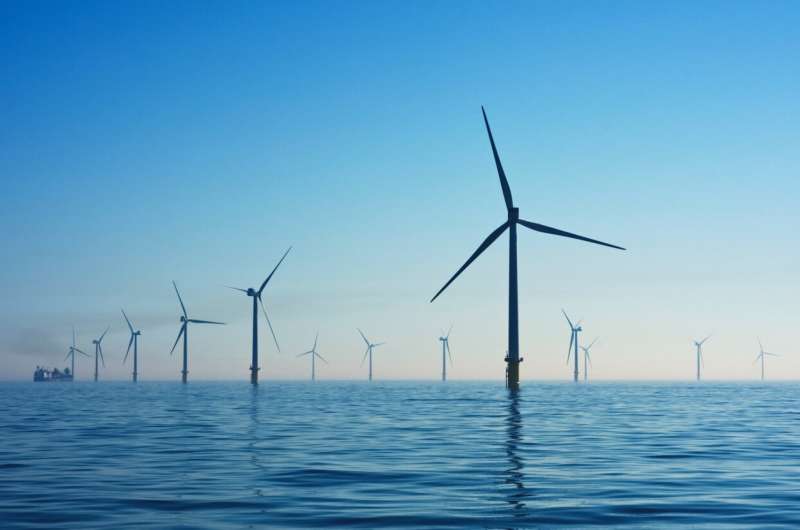Credit: Unsplash/CC0 Public Domain
The potential for alternative foods to displace and disrupt conventional agricultural production has been discussed and debated for some time. While it may still be too early to make firm predictions, the trends are clear.
In 2021, Catherine Tubb and Tony Seba predicted alternative foods were poised to cause major disruption. They drew attention to the advantages of these new technologies: quality and cost, lower carbon footprint, decentralized production close to markets, and freeing up agricultural land for ecological restoration and carbon sequestration.
This echoed a 2019 report from global consultancy firm Kearney, which concluded "novel vegan meat replacements and cultured meat" have serious disruptive potential.
The major threat comes not from vegan markets, which were recently reported to be leveling out or even declining in the UK, but from substitution of commodity products in manufactured foods. This has clear implications for economies such as New Zealand's.
Evolving new technologies
Key alternative food technologies include precision fermentation, electro-refining to produce fats and oils, and cultured meat production. Many are developing rapidly.
Finnish start-up Solar Foods is completing a full-scale factory where a precision fermentation process will produce a nutritious, high-protein, low-fat powder suitable for use as a food ingredient.
The product has a greenhouse gas footprint of about 1 kilogram of CO2 equivalent per kilogram (under Finnish conditions)—about 11% of that for whole milk powder produced in New Zealand. The product has already been approved for use in Singapore, which has also approved cultured chicken meat, as has the US.
For cultured meats, energy use equivalent to 45 kilowatt-hours per kilogram (kWh/kg) and a carbon footprint of about 12% and 17% of that for exported New Zealand beef and lamb, respectively, have been reported.
Algal oils are available and scalable. Plant-based leather substitutes such as cactus leather are also on the market. The electro-refinery production of fats and oils using green hydrogen is in the early stages of development.
The European Union recently allocated €50 million to support precision fermentation start-ups. Research into cow milk production using green hydrogen is proceeding there under the title "Project Hydrocow". In New Zealand, Daisy Lab is developing a microbial-based milk protein product.
Provided by The Conversation
This article is republished from The Conversation under a Creative Commons license. Read the original article.![]()























